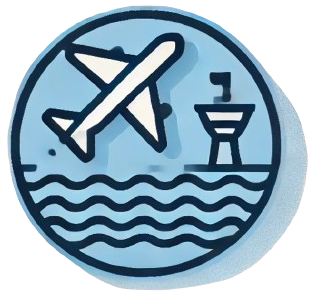Flight: A Fascinating Concept
Flight is a fascinating concept that encompasses various forms of navigation through the air. The ability to soar above the earth has captivated humanity for centuries, giving rise to numerous classifications based on different criteria. Among the most fundamental types of flight, we can identify four categories:
- Visual Flight Rules (VFR)
- Instrument Flight Rules (IFR)
- Classes of airline travel
- Special forms of flight
Each type offers a unique experience and serves different purposes, whether for leisure, transport, or exploration.
Visual Flight Rules (VFR)
Visual Flight Rules refer to a set of regulations under which a pilot operates an aircraft in weather conditions generally clear enough to allow the pilot to see where the aircraft is going. VFR is particularly advantageous for those who prefer to navigate by sight, making it an ideal choice in fair weather conditions. Pilots enjoy a sense of freedom as they can mentally map their route, relying on landmarks and the horizon without the constant dependency on instruments. VFR flights allow aviators to appreciate the breathtaking views during their journey, connecting them more directly to their surroundings.
Instrument Flight Rules (IFR)
In contrast, Instrument Flight Rules are crucial for flying in poor visibility conditions, including fog, heavy rain, or nighttime operations. Under IFR, pilots rely heavily on cockpit instruments to navigate and control the aircraft, which is essential when external visual references are inadequate or nonexistent. This type of flight is paramount for commercial air travel since the vast majority of flights occur in varying weather conditions. The precision and discipline required for IFR flying demand thorough training and skill, enabling pilots to safely manage aircraft through adverse conditions while still reaching their destinations on time.
-
VFR Advantages:
- Navigating by sight
- Breathtaking views
- Connection to surroundings
-
IFR Requirements:
- Reliance on instruments
- Training and skill
- Safe management in adverse conditions
Classes of Airline Travel
Beyond the rules governing the mechanics of flight, commercial airlines also classify their flight offerings into different experiences for passengers. These cabin classes include:
| Class | Features |
|---|---|
| Economy | Basic amenities, affordable price |
| Premium Economy | Enhanced comfort and meal options |
| Business | More spacious seating, better service |
| First Class | Luxurious experience, exclusive lounges |
Each class offers a different level of comfort and service, illustrating how flight can cater to diverse passenger needs and desires.
Historical Perspectives on Flight
The allure of flight has inspired many, including influential figures like Helen Keller. In 1946, Keller undertook a pioneering experience by piloting a plane herself, which highlighted her immense courage and determination. Keller eloquently described her flight, resembling “a great graceful bird sailing through the illimitable skies.” This heartfelt metaphor captures the essence of flight as not merely transportation, but as a transformative experience that transcends ordinary life. Such historical milestones remind us of the extraordinary human spirit engendered in aviation and the endless possibilities that come with flight.
